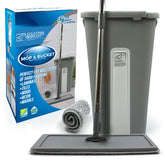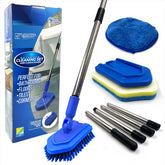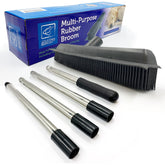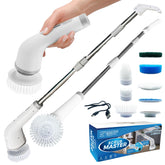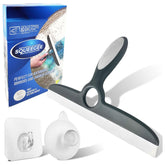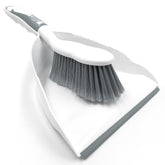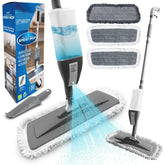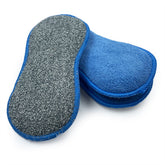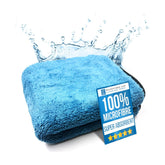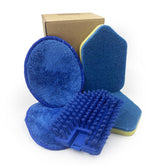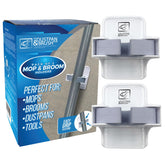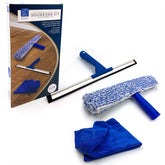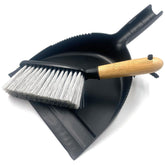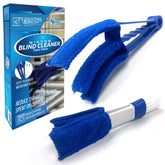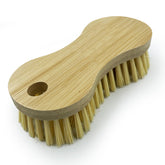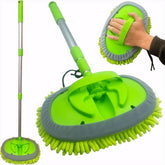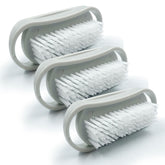How to Get Rid of Mould and Mildew

Unfortunately thanks to the recent years we’ve started having to pinch our pennies when it comes to living, especially when it comes to heating our homes. To save we’ve started putting on three pairs of socks and several blankets before turning the heat up! Thanks to this mould and mildew have started to become more of a common occurrence in this cold damp weather…
Moulds are unsightly in your home but also destructive, if left unattended it may cause damage to your furnishings, walls and decorations as well as compromising the quality of air in the home. Living with this mould for long periods can be potentially dangerous for your health too, especially for the elderly, young and people with underlying health conditions.
Firstly what is the difference between mould or mildew?
Mildew:
Mildew is a surface fungus that has a white grey furry/fluffy appearance to it. It can usually be found on surfaces in moist areas, so more commonly found in rooms like bathrooms or kitchens. It is also easier to remove, all you need is a scrubbing brush and a store bought spray. We recommend our Tile Cleaning kit with robust grout brush to remove, especially for higher areas such as your ceilings and tops of walls.
Mould:
Mould on the other hand is the result of a larger fungi infection. It has a horrible black green appearance and looks slimy compared to the fluffiness of mildew. Unlike mildew, mould is dangerous, If left untreated it can release toxins into the are and impact your health.
What can cause mould on walls?
Black Mould is often because of condensation. When warm moist air comes into contact with a surface at a lower temperature (e.g. windows and walls) After a while mould will start to grow on the surfaces. It can particularly be found on external walls, this is because they are more than often the coldest surface, this then generally leads to black mould starting to grow in crevices and window sills, seals etc - this is because there is even less airflow.
Treating Mould…
So now its time to lear how to clean these nightmares off your walls… A word of caution though, mould can cause allergic reactions as well as health problems so if you have extensive mould in your home it may be best to seek a professional. Also make sure to keep the house well ventilated whilst cleaning.
- (This could be sad to some) Have a plastic bag ready to remove any furnishings, clothes or toys that are mouldy. If you think they can be saved, take them to a dry cleaners but if not throw them away! If left in the house the mould spores will spread and you will have to start this cycle all over again.
- There are various products you can use to help remove mould. One would be to buy a spray such as Astonish Mould and Mildrew Removal or something such as filling a bowl or bucket with warm water, washing up liquid and depending how bad, bleach.
- Using a microfibre both or rag, dip into your solution or spray product onto it and carefully wipe the mould off the wall, if this doesn't remove successfully it's time for a little elbow grease.
- Using a scrubbing brush such as our tile cleaner (especially for higher up spots) with the solutions scrub at the moulded areas until it starts to remove. Please make sure this is a well ventilated room to help spores not land.
- Once happy enough has removed, use a microfibre cloth to wipe and remove - microfibres are best. Make sure to wipe until absolutely dry (use several cloths if needed) to make sure the mould doesn't creep back.
Mould Prevention Tips…
- Check and see if you windows are allowing rain to seep in and if the seals around them is damaged.
- Always make sure that you dry wet areas immediately, wipe us spillages and make sure to dry floors and walls after you take a shower.
- Leaks are commonly cause by broken drainpipes or gutters, make sure to inspect the exterior of the home more regularly.
- Make sure to let are circulate in your home, keep internal doors open as often as possible as well as moving furniture away from the walls, also try opening windows on dry days to let fresh air in, this will reduce moisture and help prevent mould.


